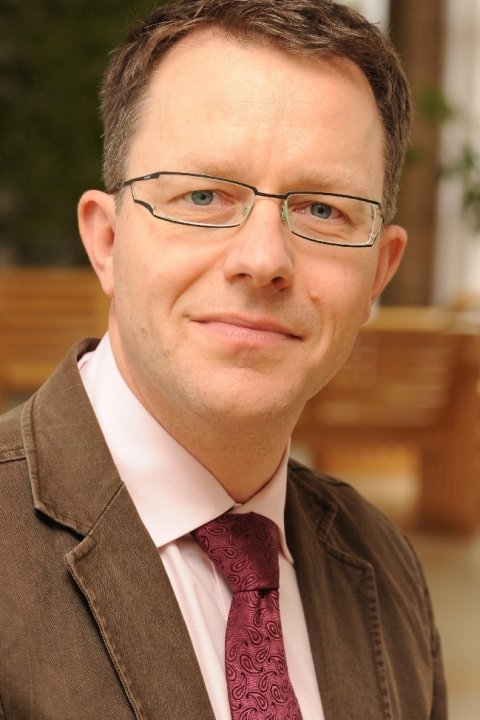Article • The future of radiology
Viewing the lung in 2022
To avoid any misunderstanding, ten years from today CT and MRI will still be the pillars of lung imaging. However, Hans-Ulrich Kauczor, Professor of Radiology and Medical Director of the radiology clinic at Heidelberg University Hospital, is convinced the emphasis will have changed.

MRI will be the routine modality that replaces CT in many indications. The loser in this battle of modalities may well be X-ray. Today ubiquitous, the two-plane chest X-ray, might become obsolete, he points out, because CT radiation exposure will be lowered to X-ray levels, making the two modalities interchangeable.
Professor Hans-Ulrich Kauczor looks forward to ‘lung MRI being as easy as a knee MRI is today, with fewer sequences and examination times of no more than 15 minutes’. Thus MRI will replace CT exams, which usually have to be performed several times and thus generate higher radiation exposure. MRI screening for lung lesions and whole-body MRI for staging of lung carcinoma will increase.’
There is often a thin line between prognosis and mere hope, as Professor Kauczor is well aware. His particular hope is that native CT will be replaced. ‘I am convinced that technologies such as dual energy or spectral CT will allow us to perform all chest CTs with contrast agents, as long as there are no counter-indications. From these contrast-enhanced studies we’ll be able to cull all native information, such as densitometric data.’ Instead of the current two examinations there will only be one – which would be a significant reduction in radiation exposure.
‘This is a step towards quantifying analyses, which we need not only in chest imaging,’ he explains, referring to his vision of a structured diagnosis that goes well beyond the thorax. With regard to lung imaging Prof. Kauczor demands that, ‘… we look at the whole picture: lungs, interpleural space and heart. The thorax is a functional unit and, in the future, image quality will visualise the entire unit in a meaningful way’. In less than a decade, he hopes it will be possible to perform prospectively ECG-triggered CT lung scans that will allow assessment of the lung, coronary arteries and overall cardiac function in one image.
We need to jointly exploit the potential of the hybrid systems and define their role in the clinical workflows
Hans-Ulrich Kauczor
In such a scenario, turf wars between cardiovascular and thoracic radiologists are sure to come, but he has little patience with such – as he calls them – artificial categories. ‘When you look at diseases with identical or similar risk factors, it’s frivolous to focus on one issue and disregard the other. Take smokers, for example: supra-aortic vessels such as the larger arteries in the thorax, heart, lungs and respiratory tract are implicated. Therefore, we must look at the big picture in order to assess the situation comprehensively.’
Professor Kauczor’s approach to possible turf wars with regard to the hybrid systems PRT-CT and MR-PET is similarly pragmatic: ‘If the hybrid devices are really the future of nuclear medicine it would make sense for nuclear physicians to move towards radiology. It is important not to quibble about who operates which machine – who examines which patient and who sees what in which image – but to cooperate. We need to jointly exploit the potential of the hybrid systems and define their role in the clinical workflows.’
Ten years from now PET-CT will most likely play a minor role in lung imaging, apart from certain specialised applications, the professor predicts. However, MR-PET will be a different story. FDG will no longer be the major tracer since it triggers too many further examinations to be able to confirm or exclude certain findings. One alternative might be the proliferation tracer FLT, although it still needs to prove its usefulness for lung cancer.
16.07.2012










